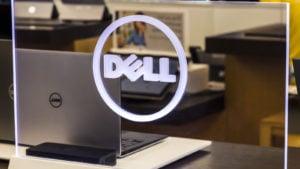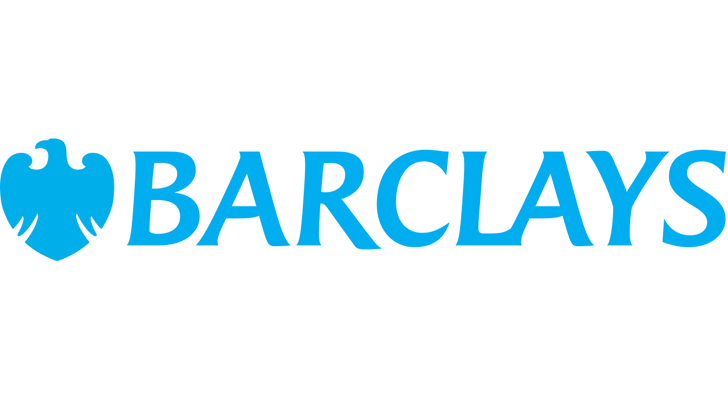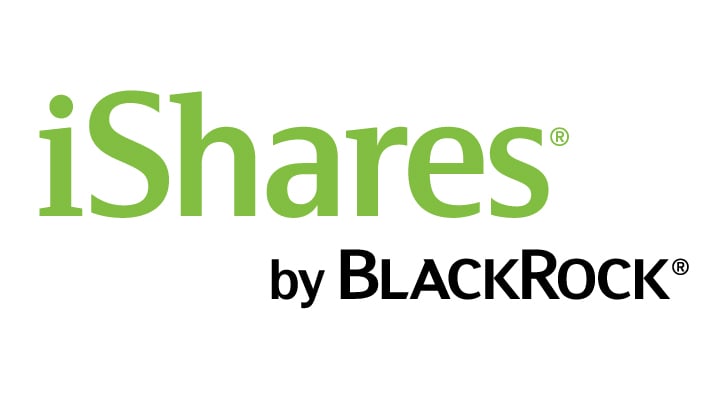
You can’t deny that the technology sector is fast-paced. It’s ever-changing as new fads, trends, devices, and applications come and go. Today, it’s cloud computing. A few years ago, it was wearable devices. And who can forget the hype surrounding B2B stocks during the dotcom days?
But as these trends shifted, so too have the various tech stocks. The sector is littered with former leaders that have now turned into losers.
Not all former high-flying tech stocks are worthy of the dust bin, though.
In fact, there are plenty of decidedly old-school technology firms that are still making plenty of profits, cash flows and even dividends for their shareholders.
For investors, these now-forgotten tech stocks could be huge potential values in the making. Sure, they require some patience and a little luck, but the potential rewards are great. All in all, making some room in a portfolio for a few forgotten tech stocks could make a ton of sense.
But which ones actually have the goods to outperform over the long haul? Here are three former high-flying tech stocks that could be big bargains.
eBay (EBAY)

While Amazon (NASDAQ:AMZN) and even Walmart (NYSE:WMT) capture most of investor’s e-commerce love, old school tech stock eBay (NASDAQ:EBAY) continues to rack up sales and profit growth.
The firm is still one of the largest online retailers in the world — with more than 179 million active users and an average of over 1.9 billion listings on its site at any one time. Meanwhile, as a third-party listing service, EBAY features some pretty high margins and cash flows when it comes to people actually making a purchase on the site.
And it turns out, the firm has some tricks up its sleeve to get its former mojo going.
After eBay jettisoned PayPal (NASDAQ:PYPL), growth at the firm slowed to a trickle. In order to get that growth back, the firm is starting to copy a playbook that has helped both AMZN and WMT: sponsored ads and promoted listings.
EBAY charges sellers a fee in order to boost the prevalence of their products and quicken the pace of a sale. The beauty is that EBAY will still get the standard commission fees when the item does sell.
These promoted ads are starting to work wonders. During the first quarter, eBay managed to generate more than $65 million in extra revenues from them. Better still, this only improves the firm’s margins. Adding in moves to refresh and simplify the buying experience, eBay is back on track to post some significant gains this year.
Despite the potential, new dividend, and increased estimates, EBAY stock trades at a forward P/E of 13. When it comes to tech stocks, eBay should not be forgotten.
Groupon (GRPN)

Source: Shutterstock
A strange thing recently happened at a summer kick-off barbecue I attended. Multiple people were talking deals that they had scored on Groupon (NASDAQ:GRPN).
About a decade ago, the deal-making site became a huge fad as it promoted its voucher system for local restaurants, goods, and various services. You could pay a low cost to save as much as 80% on dinner, a movie, and even dog grooming services. These days, GRPN is moving away from that system and into a potentially more lucrative one for consumers and its bottom line.
Groupon now offers what’s called card-linked deals. Instead of buying a voucher for a service later on, consumers are able to link a credit card to the account and then get cash back after they buy a good or service advertised on the platform. The benefit is that customers don’t pay until the point of service and can use deals an unlimited number of times.
At the same time, it has revamped its voucher-based products by adding appointments for certain services and experience segments. These two moves are designed to create a more seamless interaction between customers and businesses. Moreover, it’s designed to make using GRPN a habit. The tech stock just sits back and collects the fees.
And while it’s easy to write GRPN off as a former fad, the firm continues to be free cash flow positive, have a huge $1 billion in cash on its balance sheet, and see improving results. In the end, Groupon may be a former high-flyer, but today, investors are getting a huge sale on the discount provider.
Dell Technologies (DELL)

Dude, you’re getting a Dell … again. However, these days Dell Technologies (NASDAQ:DELL) is a far better and perhaps more important tech stock than it was during the go-go dotcom days.
The story of how DELL got here is perhaps a bit convoluted. The PC maker was public throughout the internet boom and was taken private by founder Michael Dell and Silver Lake Partners. During that time, the firm made a big splash when it bought enterprise software specialist EMC Corporation, which also included a stake in VMware(NASDAQ:VMW). This led to a tracking stock covering Dell’s VMW holding.
Which brings us to today. Dell decided to roll-up that tracking stock and once again IPO as its former ticker DELL.
And while it may have fallen out of the public eye in the five or so years it wasn’t openly traded, DELL has become a monster of an integrated tech stock. The PC and server business is still there — which is booming thanks to rising data center demand. Meanwhile, the firm is a leader in cloud computing and virtualization software, cybersecurity via RSA as well as various infrastructure-as-a-service (IaaS) products. Today’s DELL is looking like a real contender among leading tech stocks. That fact has shown up in its first-quarter results. First quarter revenue clocked in at $21.9 billion — an increase of 3%.
In the end, Dell may be a blast from the past. But this is one forgotten tech stock ready to rewrite its future.
At the time of writing, Aaron Levitt held a long position in AMZN.
[FREE REPORT] Options Income Blueprint: 3 Proven Strategies to Earn More Cash Today Discover how to grab $577 to $2,175 every 7 days even if you have a small brokerage account or little experience... And it's as simple as using these 3 proven trading strategies for earning extra cash. They’re revealed in my new ebook, Options Income Blueprint: 3 Proven Strategies to Earn Extra Cash Today. You can get it right now absolutely FREE. Click here right now for your free copy and to start pulling in up to $2,175 in extra income every week.
Source: Investor Place

















